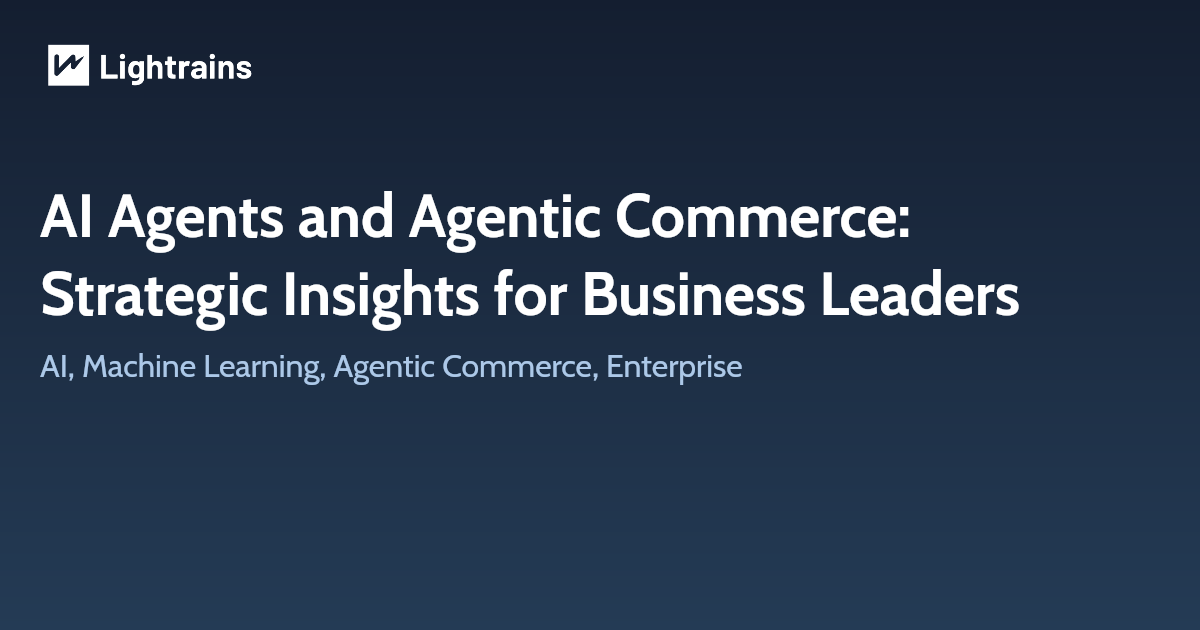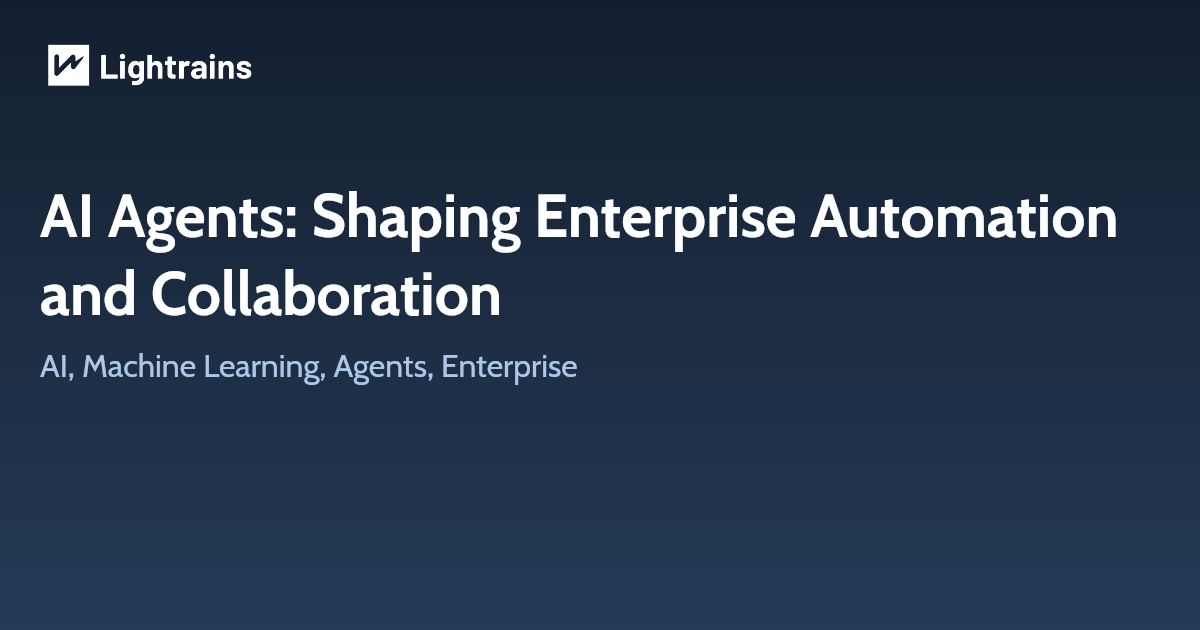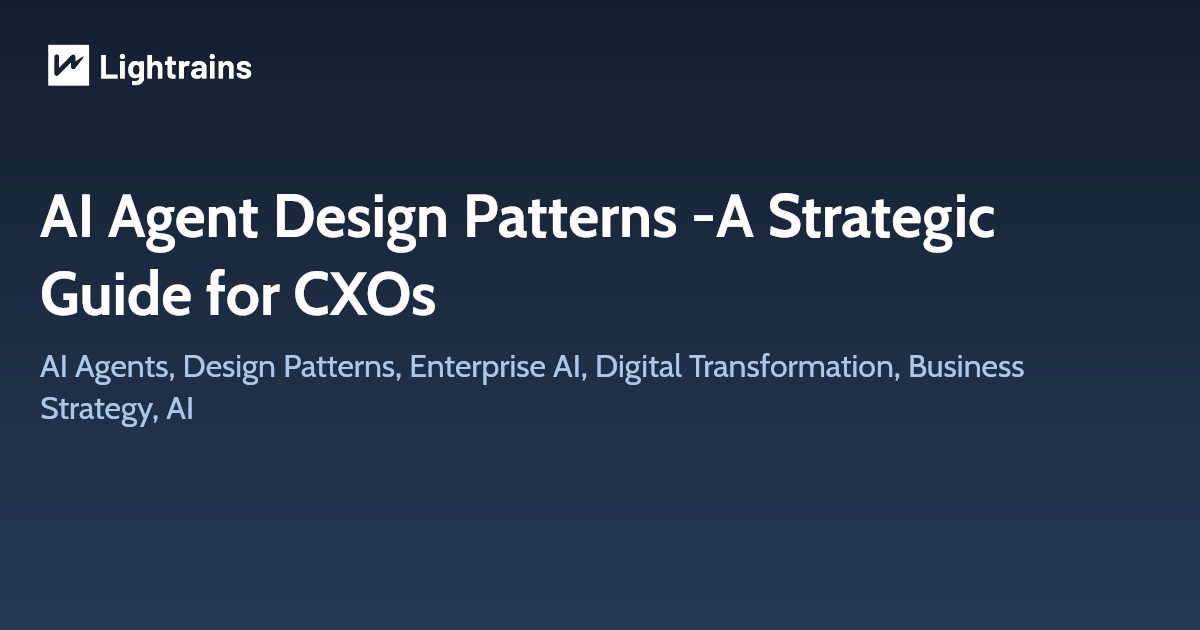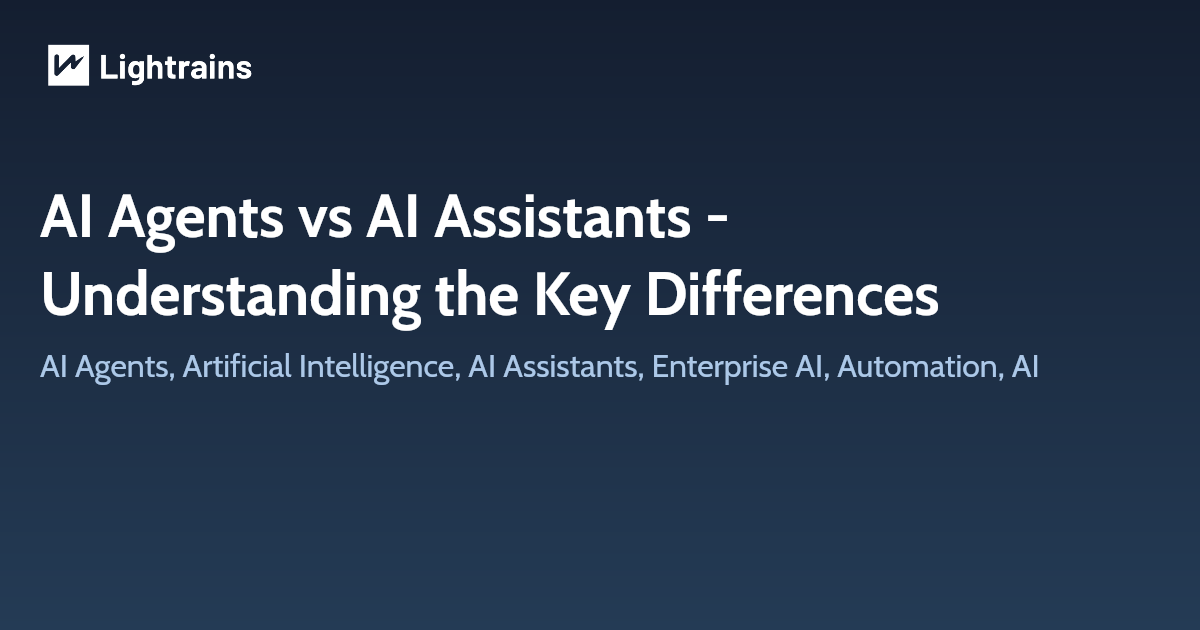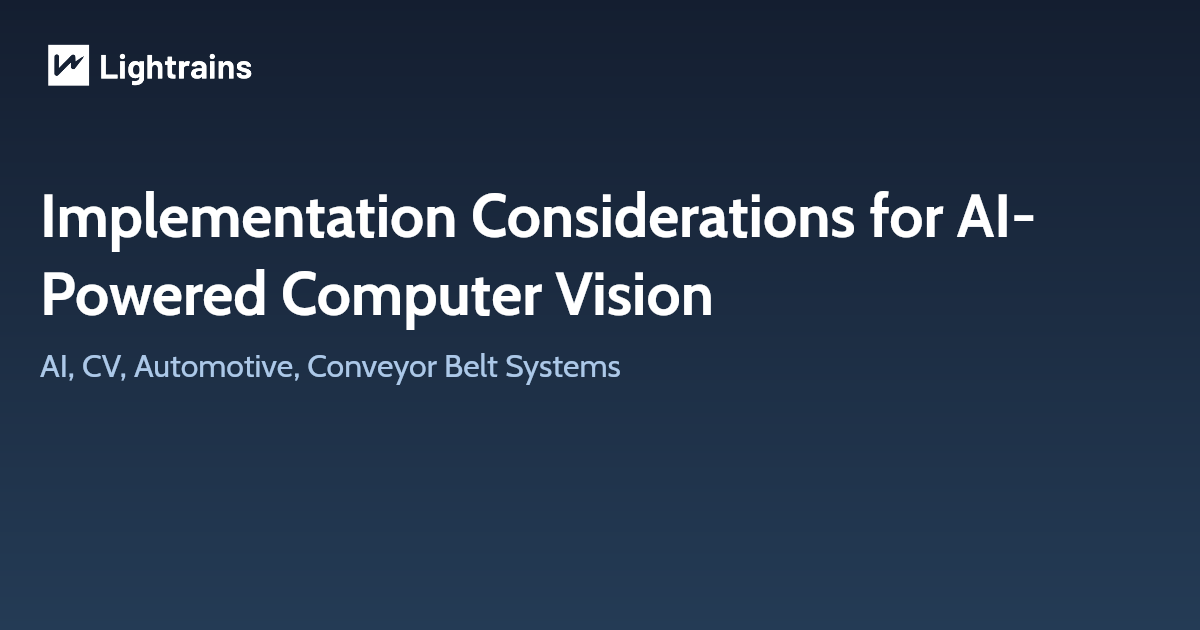
The software development landscape has been radically transformed by the rise of vibecoding a methodology where artificial intelligence (AI) enables even non-experts to build sophisticated Software as a Service (SaaS) products using natural language prompts. This guide examines the key requirements for successfully launching SaaS products in this AI-dominated era, outlining both enduring best practices and the new demands of AI-generated code, compressed timelines, and shifting user expectations.
Understanding the Vibecoding Revolution
The Paradigm Shift to AI-Assisted Development
- From manual to guided development: Developers now focus on guiding, testing, and refining AI-generated source code instead of writing every line themselves.
- Lower barriers: Anyone can describe software needs in simple prompts to AI models, resulting in rapid, automated software creation.
- Market impact: The number of daily SaaS product launches is surging. Only a small percentage succeed, making differentiation and strategy more crucial.
Market Dynamics in the AI-Enhanced SaaS Landscape
- Increased competition: With 10,000+ new products daily, success rates remain low. Technical barriers have fallen, but standing out is harder.
- User expectations: Customers now demand not just functional software but intelligent automation, seamless workflows, and integration with other AI tools.
Pre-Launch Foundation: Building AI-Native SaaS Products
Strategic Planning and Market Validation
- Audience analysis: Understand both the AI-literacy and pain points of your users.
- Expanded validation: Test not just core features but also the reliability, accuracy, and acceptance of AI-generated code.
- Broader user analysis: Go beyond demographics factor in technological sophistication and willingness to use AI tools.
Technical Architecture and AI Integration
- Hybrid foundations: Combine AI-generated components with traditional elements; ensure robust integration and quality assurance.
- Security: Audit AI-generated code for vulnerabilities, focusing on data handling, API security, and new attack vectors introduced by automation.
Product Development and MVP Creation
- Accelerated cycles: AI enables rapid prototyping and feature testing, but requires vigilant quality control.
- Balanced development: Set clear criteria for when to use AI vs. manual coding; balance speed with reliability.
- Feature validation: The MVP must prove both the core offering and the sophistication of its AI features.
Launch Strategy and Market Entry
Positioning and Competitive Analysis
- AI as differentiator: Assess not just features and price, but also how competitors deploy AI for user experience and automation.
- Value proposition: Emphasize AI’s impact on user outcomes, not just technological prowess.
Marketing and User Acquisition
- Tailored messaging: Address both early AI adopters and more conservative users. Emphasize both innovation and trust.
- Content strategy: Use educational content to show how AI features improve workflows.
- Email marketing: Remains critical, but messaging must reflect AI-enhanced benefits.
Pricing Strategy and Business Model Optimization
- Freemium and tiered pricing: Offer entry points that let users experience AI features before upgrading.
- Reflect sophistication: Tier pricing by level of automation and intelligence.
User Onboarding and Experience Design
Automated Onboarding for AI-Enhanced Products
- Personalized guidance: Build onboarding that teaches both traditional and AI-driven features, tailored to user familiarity.
- Transparency: Clearly explain how AI operates, what data it uses, and how users can control or override its suggestions.
User Experience and Interface Design
- Balance and clarity: Present AI insights and automation in ways that empower, not overwhelm, users. Clearly separate AI recommendations from human actions.
- Adaptability: Design for dynamic AI-generated content and changing user needs.
Quality Assurance and Testing Protocols
Comprehensive Testing for AI-Generated Components
- Extended testing: Go beyond functionality to include security, user experience, and performance under edge cases.
- AI-specific validation: Test the accuracy, reliability, and predictability of AI features across various scenarios.
Performance Monitoring and Optimization
- Track AI metrics: Monitor not just traditional metrics but also AI response times, suggestion accuracy, and user satisfaction.
- Optimize continuously: Balance AI power with system performance; use model tuning, caching, and integration improvements.
Analytics and Performance Measurement
AI-Enhanced Analytics and User Behavior Tracking
- Beyond basics: Implement tracking for both standard user behaviors and how users interact with AI features.
- Inform development: Use insights to optimize features, marketing, and user education.
Measuring Success in the AI Era
- Expand metrics: Add AI feature adoption rates, automation effectiveness, and satisfaction to traditional SaaS metrics.
Post-Launch Growth and Optimization
Scaling AI-Assisted SaaS Products
- Prepare for AI demand: Address not only scaling infrastructure but also computational needs of AI.
- Leverage virality: AI features that impress users can drive organic growth and referrals.
Continuous Improvement and Feature Evolution
- Iterate fast: Use real-world feedback to refine both core and AI features; update AI models and automation capabilities regularly.
Risk Management and Compliance Considerations
Addressing AI-Specific Risks and Concerns
- Bias and transparency: Manage risks from AI bias, edge-case behaviors, and data privacy.
- Clear policies: Communicate AI limitations, offer fallback mechanisms, and regularly audit AI components.
Regulatory Compliance and Ethical Considerations
- Stay adaptable: Monitor evolving regulations on AI accountability and transparency.
- Ethics: Implement safeguards for AI decisions that impact user outcomes; ensure transparency and user control.
Future-Proofing and Strategic Positioning
Preparing for Continued AI Evolution
- Flexible architecture: Design to integrate new AI capabilities as the technology advances.
- Monitor trends: Watch AI research and maintain flexibility in product design.
Building Sustainable Competitive Advantages
- Beyond AI: Focus on advantages like user experience, domain expertise, customer relationships, and unique data assets.
- Long-term value: Build moats that aren’t easily eroded by wider access to AI tools.
SaaS Launch Checklist for the Vibecoding Era
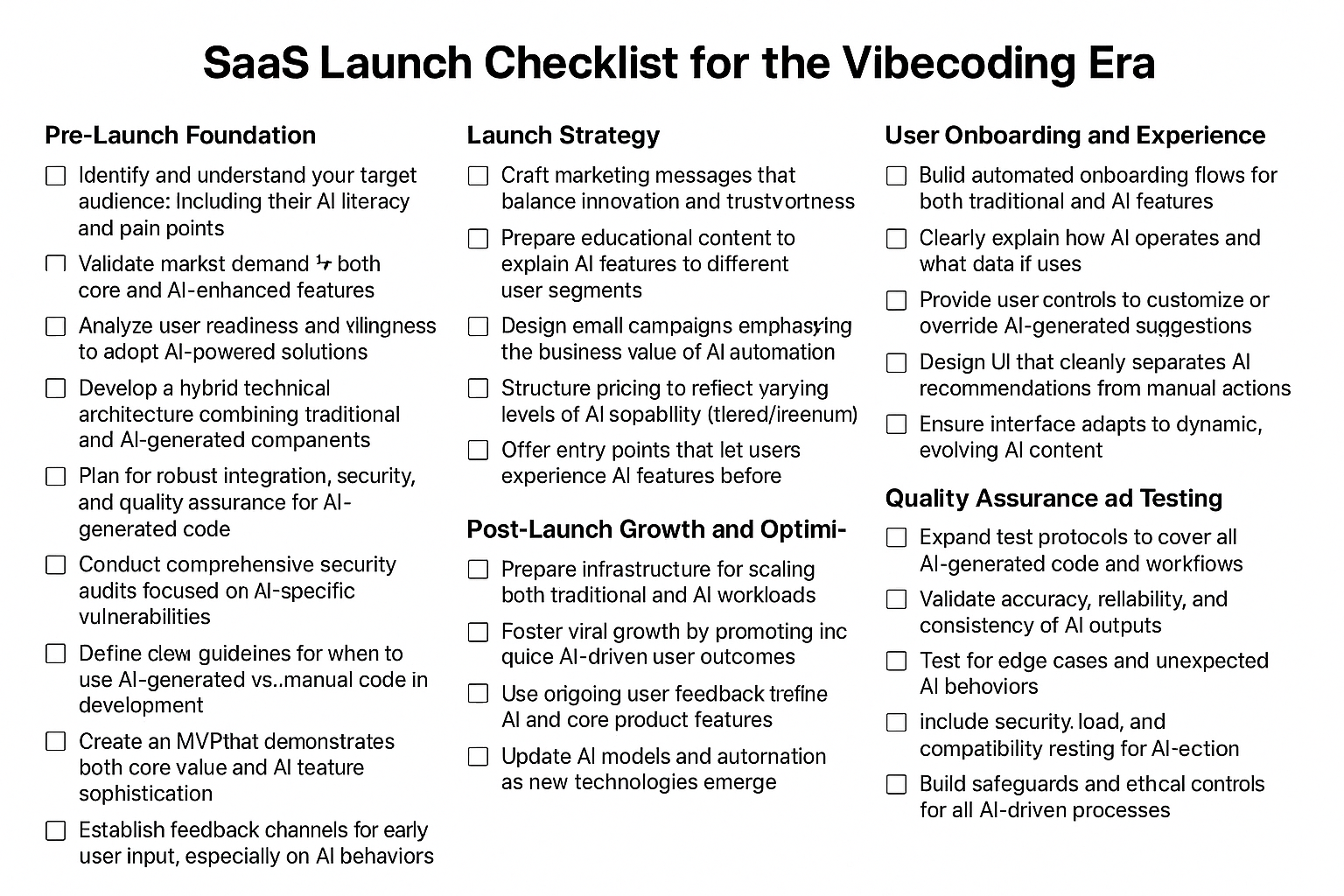
Pre-Launch Foundation
- Identify and understand your target audience, including their AI literacy and pain points
- Validate market demand for both core and AI-enhanced features
- Analyze user readiness and willingness to adopt AI-powered solutions
- Develop a hybrid technical architecture combining traditional and AI-generated components
- Plan for robust integration, security, and quality assurance for AI-generated code
- Conduct comprehensive security audits focused on AI-specific vulnerabilities
- Define clear guidelines for when to use AI-generated vs. manual code in development
- Create an MVP that demonstrates both core value and AI feature sophistication
- Establish feedback channels for early user input, especially on AI behaviors
- Analyze competitors for AI sophistication, automation, and user experience
- Develop a unique value proposition emphasizing user outcomes from AI
- Position your product based on practical benefits, not just AI novelty
Launch Strategy
- Craft marketing messages that balance innovation and trustworthiness
- Prepare educational content to explain AI features to different user segments
- Design email campaigns emphasizing the business value of AI automation
- Structure pricing to reflect varying levels of AI capability (tiered/freemium)
- Offer entry points that let users experience AI features before upgrading
User Onboarding and Experience
- Build automated onboarding flows for both traditional and AI features
- Clearly explain how AI operates and what data it uses
- Provide user controls to customize or override AI-generated suggestions
- Design UI that cleanly separates AI recommendations from manual actions
- Ensure interface adapts to dynamic, evolving AI content
Quality Assurance and Testing
- Expand test protocols to cover all AI-generated code and workflows
- Validate accuracy, reliability, and consistency of AI outputs
- Test for edge cases and unexpected AI behaviors
- Include security, load, and compatibility testing for AI features
Performance Monitoring and Analytics
- Monitor both standard SaaS and AI-specific performance metrics
- Track AI feature response times, accuracy rates, and user satisfaction
- Implement analytics for AI feature adoption and engagement
- Use data insights to drive continuous improvement and user education
Post-Launch Growth and Optimization
- Prepare infrastructure for scaling both traditional and AI workloads
- Foster viral growth by promoting unique AI-driven user outcomes
- Use ongoing user feedback to refine AI and core product features
- Update AI models and automation as new technologies emerge
Risk Management and Compliance
- Regularly audit AI-generated code for bias and unexpected outcomes
- Communicate AI limitations and provide fallback mechanisms for failures
- Ensure clear, transparent policies for data use and AI decisions
- Monitor and adapt to evolving AI regulatory requirements
- Build safeguards and ethical controls for all AI-driven processes
Future-Proofing and Competitive Advantage
- Design architecture to accommodate rapid integration of new AI advancements
- Monitor the AI landscape and competitor innovations
- Build sustainable advantages beyond AI, such as user experience and domain expertise
- Focus on creating value not easily replicated by generic AI tools
Conclusion
The vibecoding era offers both extraordinary opportunity and unprecedented competition for SaaS creators. Success now depends on:
- Integrating AI assistance into every stage of the SaaS lifecycle
- Balancing innovation with reliability and user trust
- Maintaining focus on real user value
Products that use AI to enhance, not replace, human capability and that build sustainable competitive advantages will lead the next generation of SaaS success.
This article originally appeared on lightrains.com
Leave a comment
To make a comment, please send an e-mail using the button below. Your e-mail address won't be shared and will be deleted from our records after the comment is published. If you don't want your real name to be credited alongside your comment, please specify the name you would like to use. If you would like your name to link to a specific URL, please share that as well. Thank you.
Comment via email